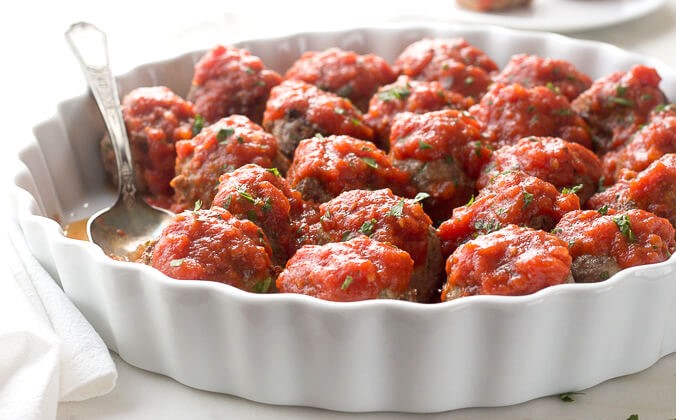mEAT
Meat, the flesh or other consumable parts of animals
Meat, the flesh or other consumable parts of animals (usually master cow, porker, and sheep) used for food, including not only the thew and fat but also the ligament and ligaments. Meat is valued as an entire protein food containing all the amino acids necessary for the physical body . The fat of meat, which varies widely with the species, quality, and cut, may be a valuable source of energy and also influences the flavor, juiciness, and tenderness of the lean. Parts like livers, kidneys, hearts, and other portions are excellent sources of vitamins and of essential minerals, easily assimilated by the human system.

Meat Protein:
Meat dissolves somewhat slowly, but 95% of meat protein and 96% of the fat are digested. Fats tend to postpone the absorption of other foods; thus, meat with an inexpensive proportion of fat remains longer within the stomach, delaying hunger and giving “staying power.” Extracting in meat causes a flow of saliva and gastric juices, creating the will to eat and ensuring simple digestion. The most farmed meat is beef, the flesh of mature cattle that normally weigh from 450 to 540 kg (1,000 to 1,200 pounds) and yield between 55 and 60 percent of their weight in meat. Veal, the flesh of calves of cattle, is far less fatty than beef. The pig is the world’s second largest provider of meat. When taken to slaughter, pigs generally weigh between 90 and 135 kg (200 and 300 pounds) and supply about 70 to 74 percent of that weight in meat.

Meat from lambs and sheep is produced on a way smaller scale than either beef or pork (less than one-tenth of that provided by cattle, for example). They ordinarily weigh between 45 and 70 kg (100 and 150 pounds), although the foremost select lambs may weigh no quite 14 to 18 kg (30 to 40 pounds) and capitulate about 48 to 50 percent of their weight in meat.
The meat-products industry, nonetheless called meat packing, includes the butcher of animals. The steps during this process generally include stunning, bleeding, eviscerating, and skinning. Carcasses are then inspected and graded consistent with government-set standards of quality. The usual methods of conserving meat from bacteria and spoil are refrigerating, freezing, curing, freeze-drying, and canning.
Meats are marketed as fresh or processed goods or become ingredients of varied meat products, including many sorts of sausages and luncheon meats. They also yield a variety of important by-products.
Excellent Meatballs

- Coat a large saute pan with olive oil, add the onions and bring to a medium-high heat. Season the onions generously with salt and cook for about 5 to 7 minutes. The onions should be very soft and aromatic but have no color. Add the garlic and the crushed red pepper and saute for another 1 to 2 minutes. Turn off heat and allow it to cool.
- In a large bowl combine the meats, eggs, Parmigiano, parsley and bread crumbs. It works well to squish the mixture with your hands. Add the onion mixture and season generously with salt and squish some more. Add the water and do 1 final really good squish. The mixture should be quite wet. Test the seasoning of the mix by making a mini hamburger size patty and cooking it. The mixture should taste really good! If it doesn’t it is probably missing salt. Add more. Add more anyway.
- Preheat the oven to 350 degrees F.
- Shape the meat into desired size. Some people like ’em big some people like ’em small. I prefer meatballs slightly larger than a golf ball. Coat a large saute pan with olive oil and bring to a medium-high heat. Brown the meatballs on all sides. Place them on a cookie sheet and bake them in the preheated oven for about 15 minutes or until the meatballs are cooked all the way through. If using right away, add them to your big pot of marinara sauce. If not used right away, they can be frozen for later use. Serve with pasta and sauce or just eat them straight out of the pot! YUM!

